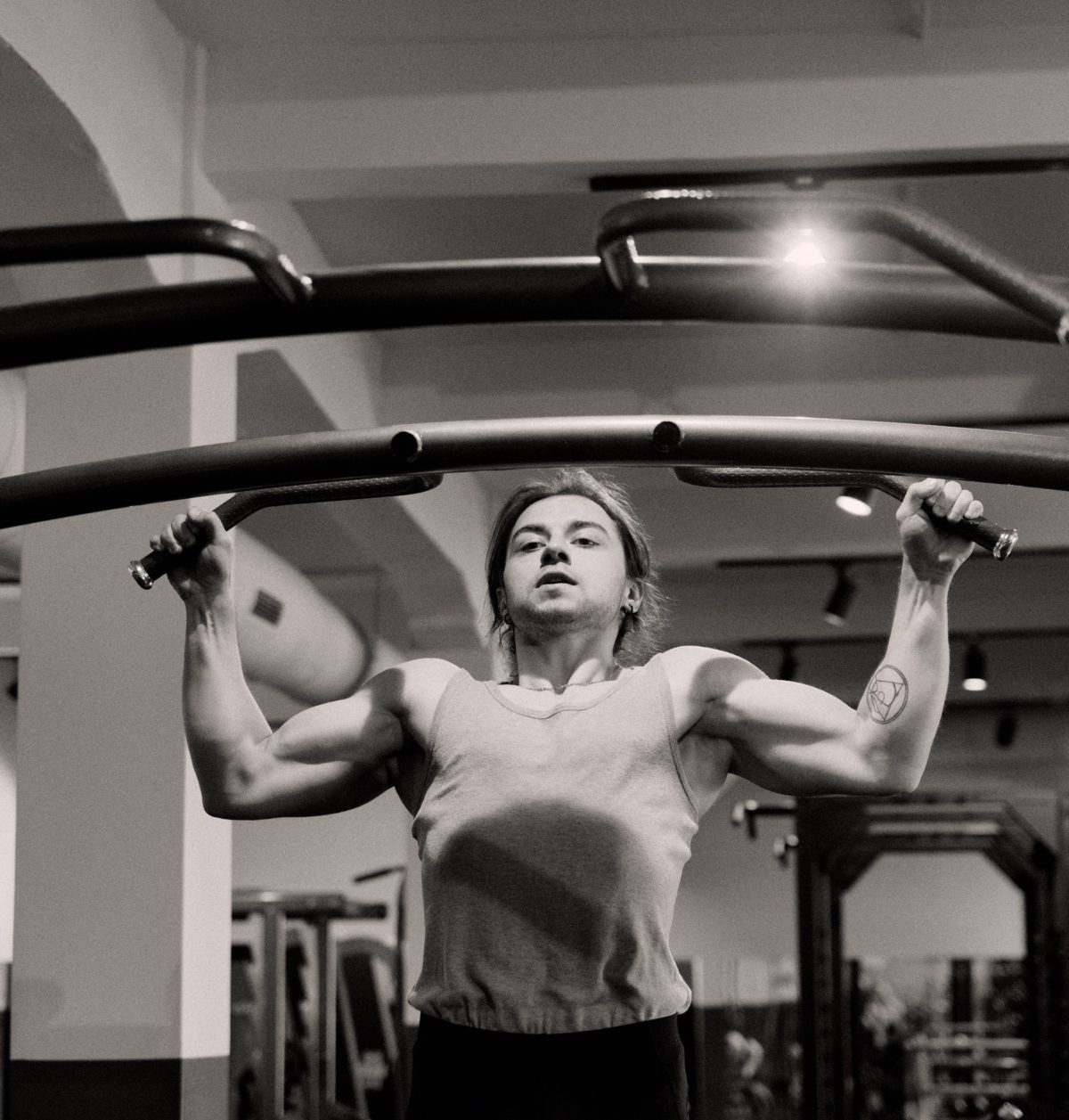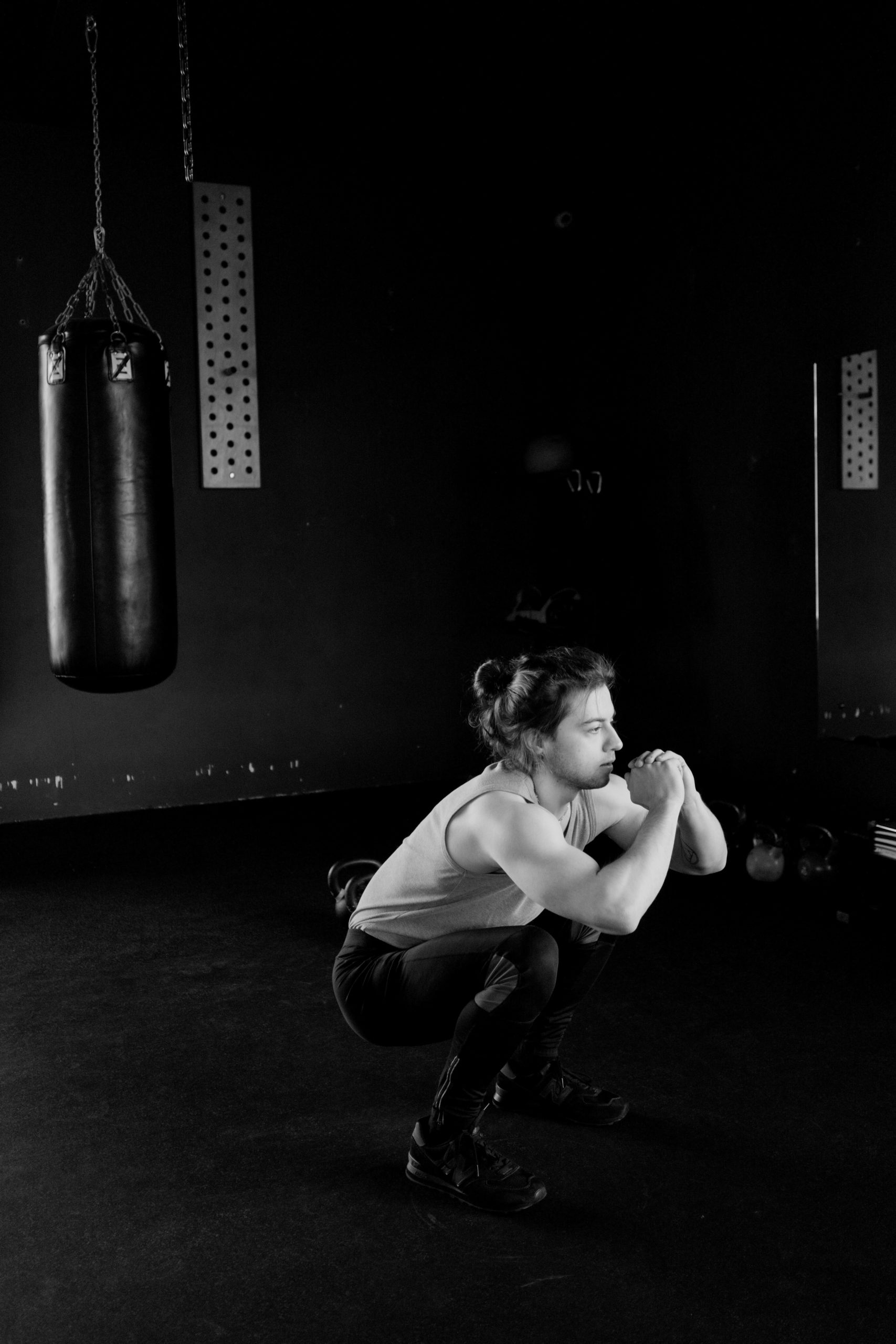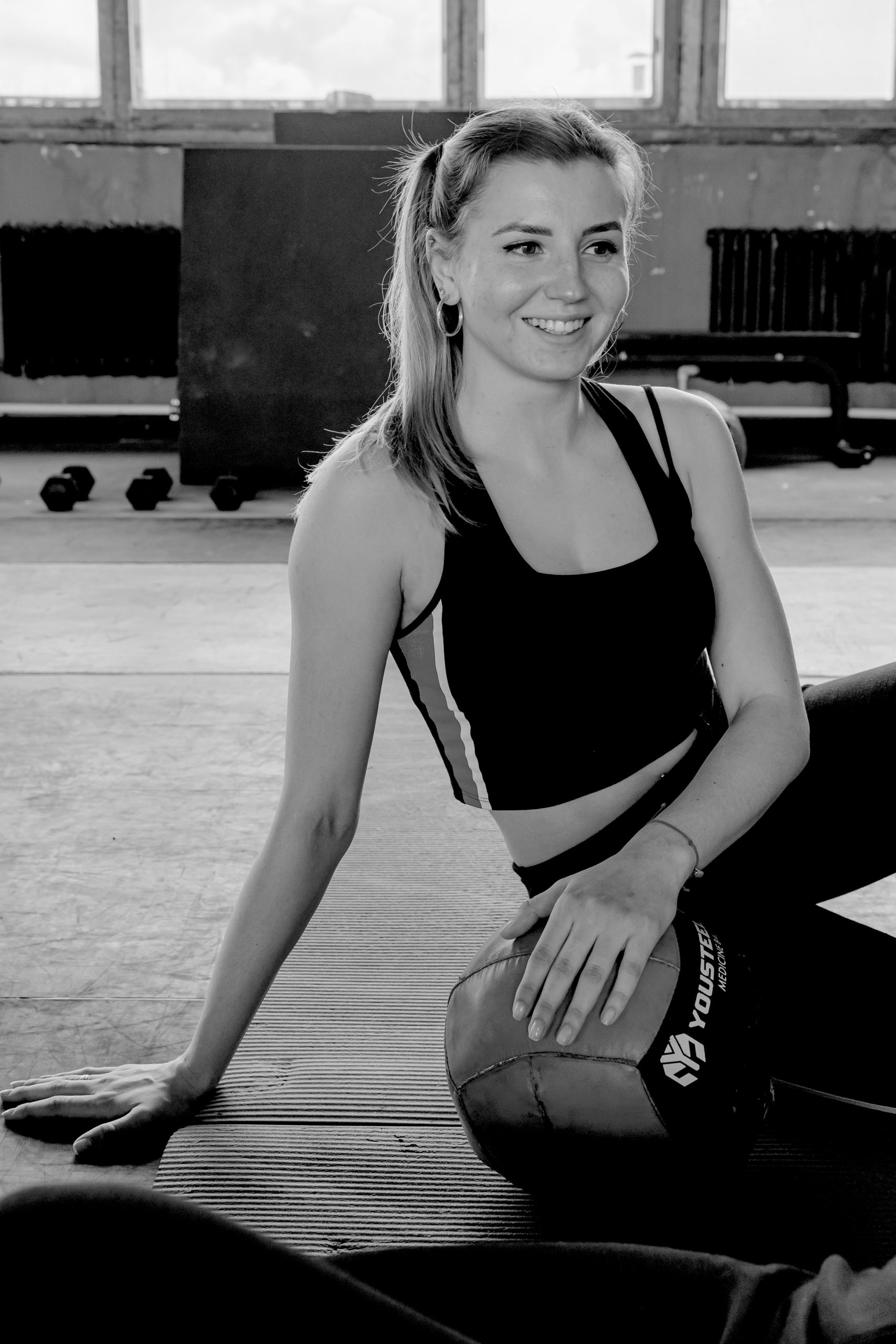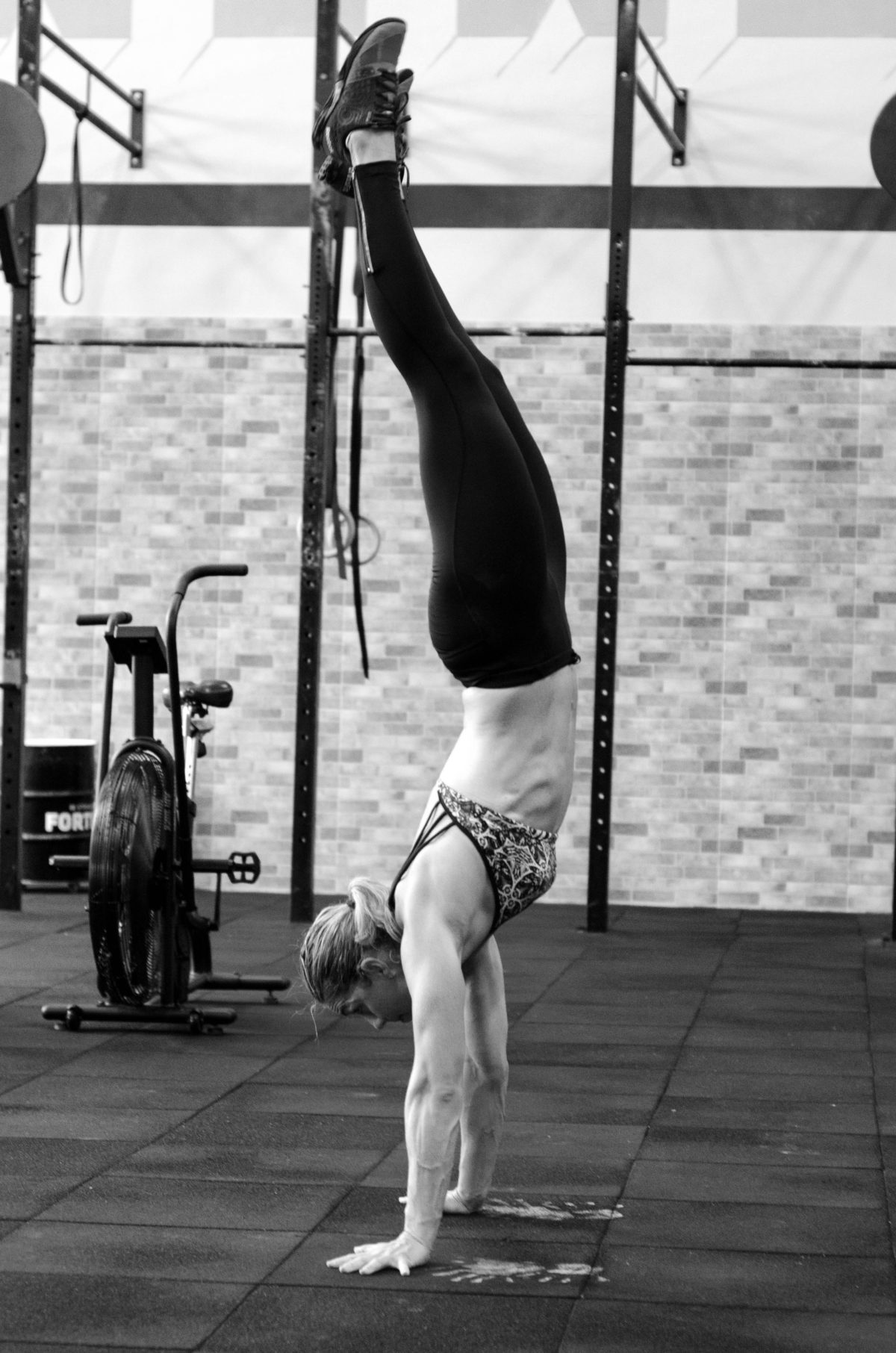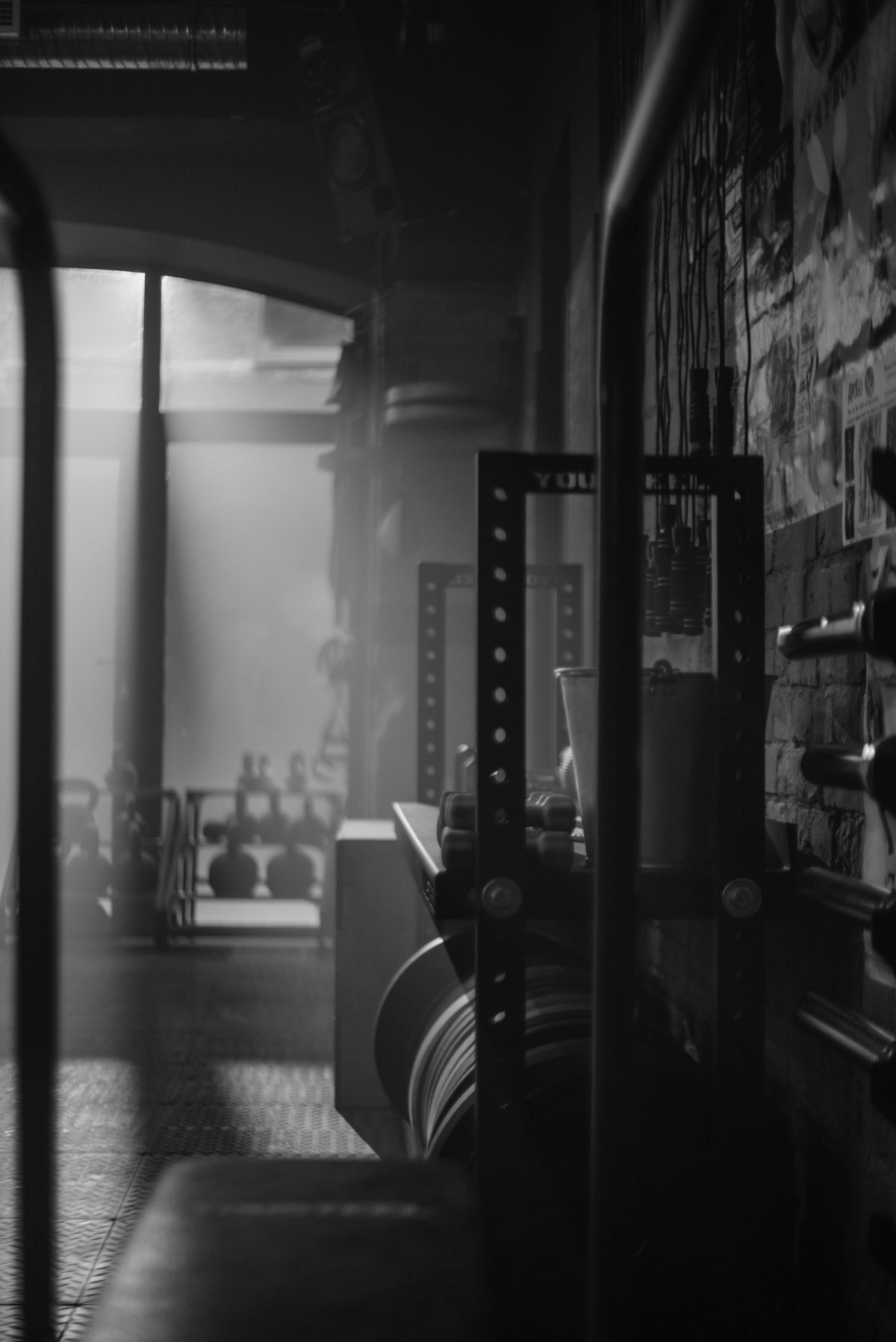The front squat is one of the ultimate movements to expose an athletes weaknesses. It is also one of the best exercises to destroy those weaknesses and improve strength, balance, and mobility. You may find some tips for front squats useful as you continue to train.
If you know me, you know I am a fan of Zercher squats, which you can read about here. I also love front squats. Okay, I don’t really enjoy them that much but they are some of the best squats a person can do. Here are some reasons why, and some tips for front squats.
Why this movement is important
Weaknesses
A person’s back squat can be “cheated”. The weight being placed on the back of the shoulders helps balance a person. It also helps align the bar more directly over the mid-foot allowing the athlete to move more weight.
There is less emphasis on core stability which means a beginner athlete should be able to load a back squat heavier. The front squat will illuminate weakness in the core, shoulders, back, and obviously the legs. It also will also paint a more detailed picture of an athlete’s mobility or lack thereof.
Safety
As the name implies, during the front squat the bar is in the front rack position and will fall to the ground. This means it will rest on the clavicle, the shoulders, and in the palms.
If done correctly an excessive amount of forward lean and the bar will not be able to maintain its position. This acts the same way as a rev limiter on an engine.
Someone who has incorrect front squat posture will be unable to squat heavy weight in the front squat. Therefore, the front squat is arguably safer than the back squat
Posture
While we are talking about posture, the front squat can help us desk-bound humans with our sloppy posture.
As an athlete becomes more advanced at the front squat their posture should improve more. Since the front squat requires more core strength, and a more upright torso, then these muscles are made stronger. This means your posture in daily life should improve as well.
Shoulder health
Nice smooth, supple shoulders will help you feel more confident in the front squat position.
Mobility is a use it or lose it skill set. We are born with amazing mobility. Watch a small child move and you will see what I mean. Over our life most of us will lose mobility and range of motion. The good news is we are usually able to gain it back!
One way to help that mobility is the front squat. Ideally, we want the elbows to be pointed forward when we are in the front squat position, triceps should be parallel to the ground.
If this isn’t the case for you, don’t be too down on yourself. Simply by attempting the front squat you are doing more mobility work than the large majority of people in the world. Here are some good ways to get started on mobility work, to kick you off in the right direction.
Simple tips for front squats:
- Focus on range of motion instead of increasing weight quickly.
- Make sure your heels stay on the ground. The weight will try to pull you forward, by focusing on your heels you should be able to keep the chest more upright.
- Find what width of grip feels comfortable on the bar.
- Using pauses and tempos will help build a strong front squat without the need to increase weight.
- If you have trouble getting the hips down and keeping the torso up, focus on ankle and hip mobility drills.
- Balanced athletes should have a front squat that is roughly 85% of their back squat. If yours is less than that you should focus on increasing quad strength.
- Use your elbows to lead you out of the bottom of the front squat. Pushing your elbows up will help your torso open and your chest rise before the hips.
Want more tips for front squats? Set up your free No Sweat Intro with us today and start improving.



